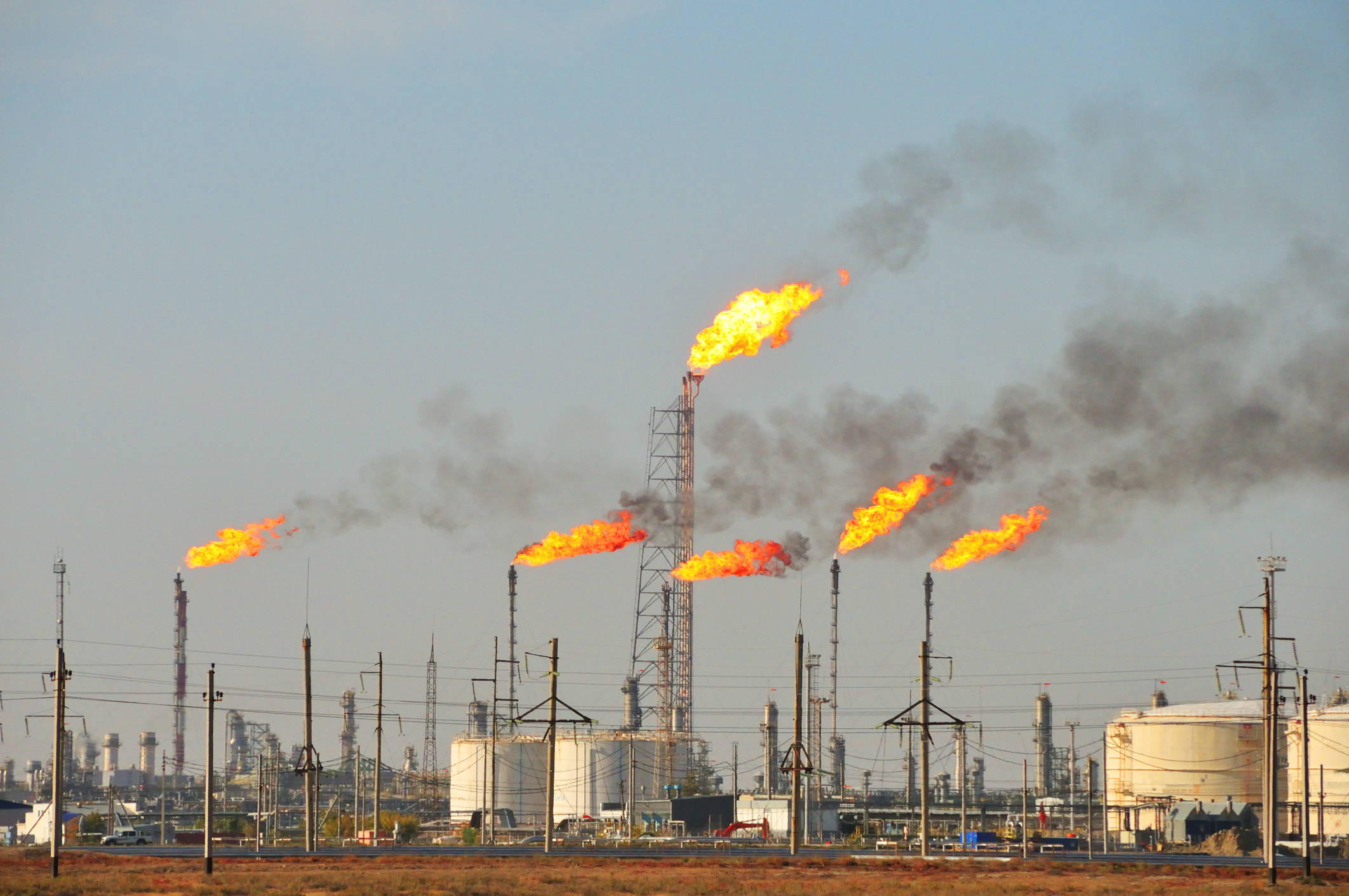A common practice in the oil industry called flaring is believed to cut down on methane emissions by burning waste or excess gas in the process of extracting or processing oil. But flaring may not be as effective as once thought, according to new research published in the journal Science.
It’s a widely held belief that flaring is 98 percent effective at destroying methane emissions caused by oil and gas operations. However, according to Eric Kort, associate professor in the University of Michigan’s department of climate and space and one of the paper’s authors, this assumption has only rarely been tested.
Why burn a potentially useful fuel? “You might have a volume of natural gas, which is primarily methane, that you don’t have anything to do with. You don’t have the capacity to capture it and put it into a pipeline—it’s not economic, the pressure would exceed safety tolerances,” Kort told Ars.
The difference between the assumed efficiency of flaring and the efficiency found in Kort and his colleagues’ results is a matter of a few percentage points. However, the researcher said that this seemingly small difference could be a big deal when extrapolated over the whole fossil fuel industry. Further, methane has more than 80 times the impact of carbon dioxide when it comes to warming the planet—at least during the first 20 years it spends in the air.
“By burning [the excess gas] and converting it to CO2, it significantly reduces the climate impact,” he said.
Take to the skies
Kort noted that oil and natural gas extraction often happen at the same place, with oil being the primary reason for extraction in a locale. As such, the gas is something of an afterthought. It may be less cost-effective to capture the natural gas and try to sell it, Kort said. “In this case, you’re just going to set up to flare it,” he said, adding that his study isn’t reflective of the natural gas industry, but rather the oil and gas industry. “Those wells are there primarily for the oil. They are just co-producing the gas.”
To study this, Kort and his team looked at flaring in three different regions that extract oil in the US—the Eagle Ford, Permian, and Bakken Basins. While this may seem limited, according to the research, these three locations account for more than 80 percent of the nation’s total flaring. To get a better picture of what was happening there, the team flew over the three regions in 2020 and 2021.
Considering both inefficient flaring and gas that doesn’t get flared, the real efficiency is around 91 percent, the team found. Inefficient combustion means that not all the methane ends up burning during flaring, which can be due to a few reasons. The pressure in the pipe could be incorrect, meaning the exit velocity of the gas isn’t quite right, or high winds could cause the flame to flicker. In any case, the methane ends up in the atmosphere, Kort said.
They used an airplane outfitted with gear to measure carbon dioxide and methane. The team visually spotted flares in the three regions, then flew downwind into the exhaust plumes of the flares. The process then involved pumping air from outside the plane into the instrument and using an airborne greenhouse gas analyzer to measure its contents.
The gear would pick up a big spike in CO2—which is expected, considering that’s what flaring aims to produce out of the methane. The gear would also pick up either no methane, some methane, or a good deal of methane, depending on how effectively the flare destroyed it. In all, the team studied 300 flares across the regions.
To measure when natural gas wasn’t being flared, the team took an infrared camera, pointed it at flare stacks (the tall stack through which the natural gas passes prior to combustion), and determined when a stack is unlit.
Impact could be “quite large”
While the difference between 98 percent and 91 percent doesn’t appear large, it can add up, Kort noted. “We’re… talking about relatively small percentages, but there are very large volumes of gas [that] get flared,” Kort said.
He added that reducing these inefficiencies would result in fewer methane emissions reaching the atmosphere and contributing to climate change. This can involve ensuring that unlit flares get lit and ensuring optimum conditions for the flares that do get lit. If these inefficiencies can be addressed and we actually get to 98 percent combustion, the reduction in emissions could mean as much as removing 2.9 million cars from the road every year.
“The impacts could be quite large,” Kort said. “There’s a pretty big climate impact in this inefficiency.”
Science, 2022. DOI: doi/10.1126/science.abq0385 (About DOIs)


